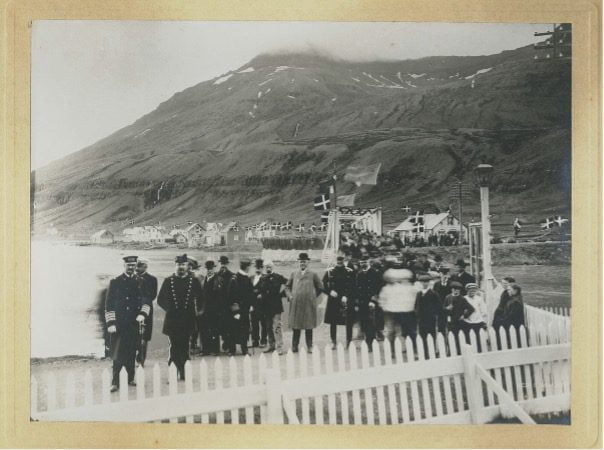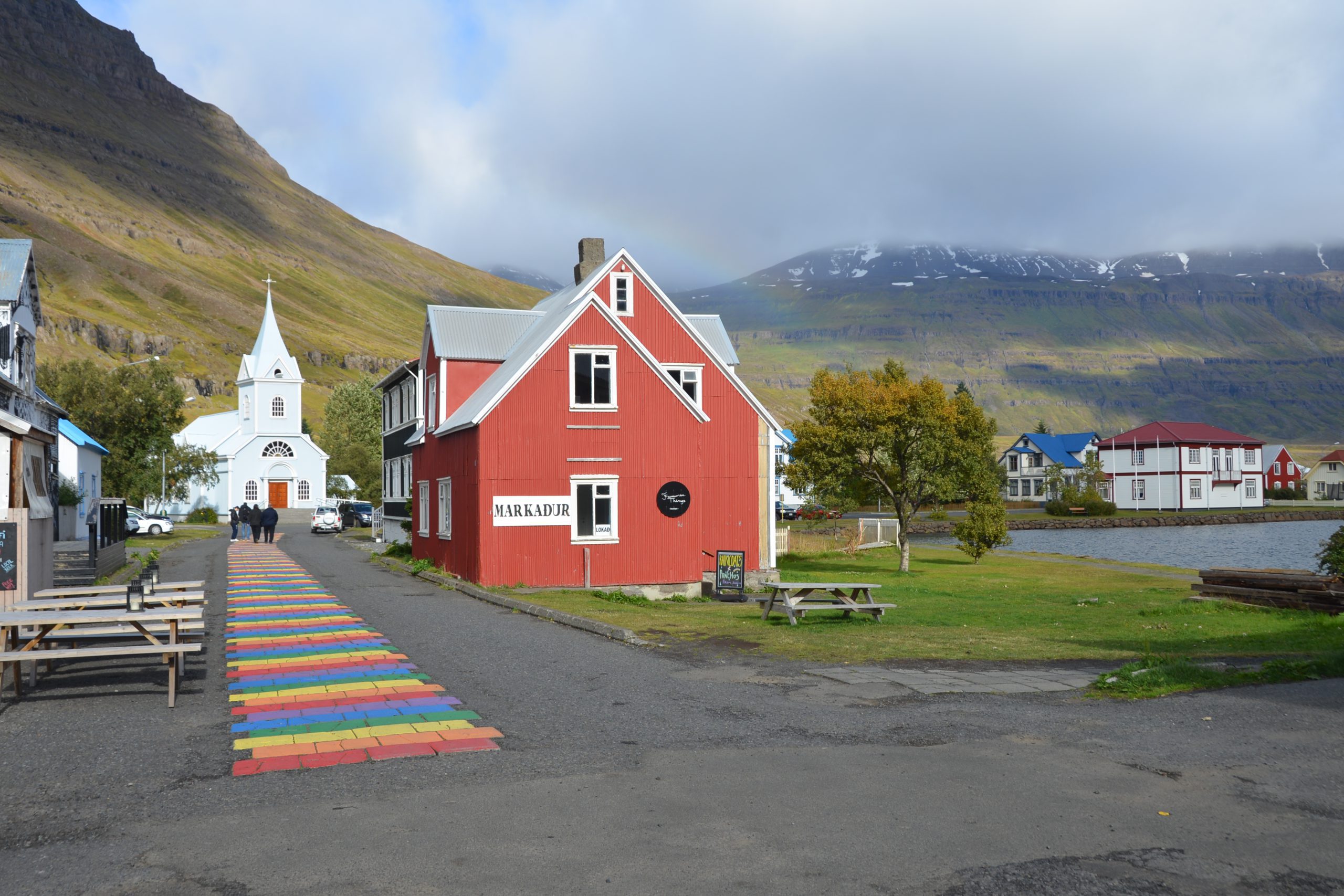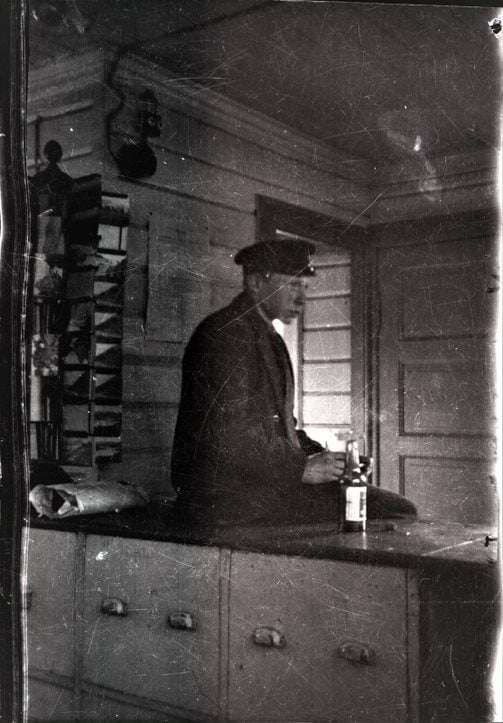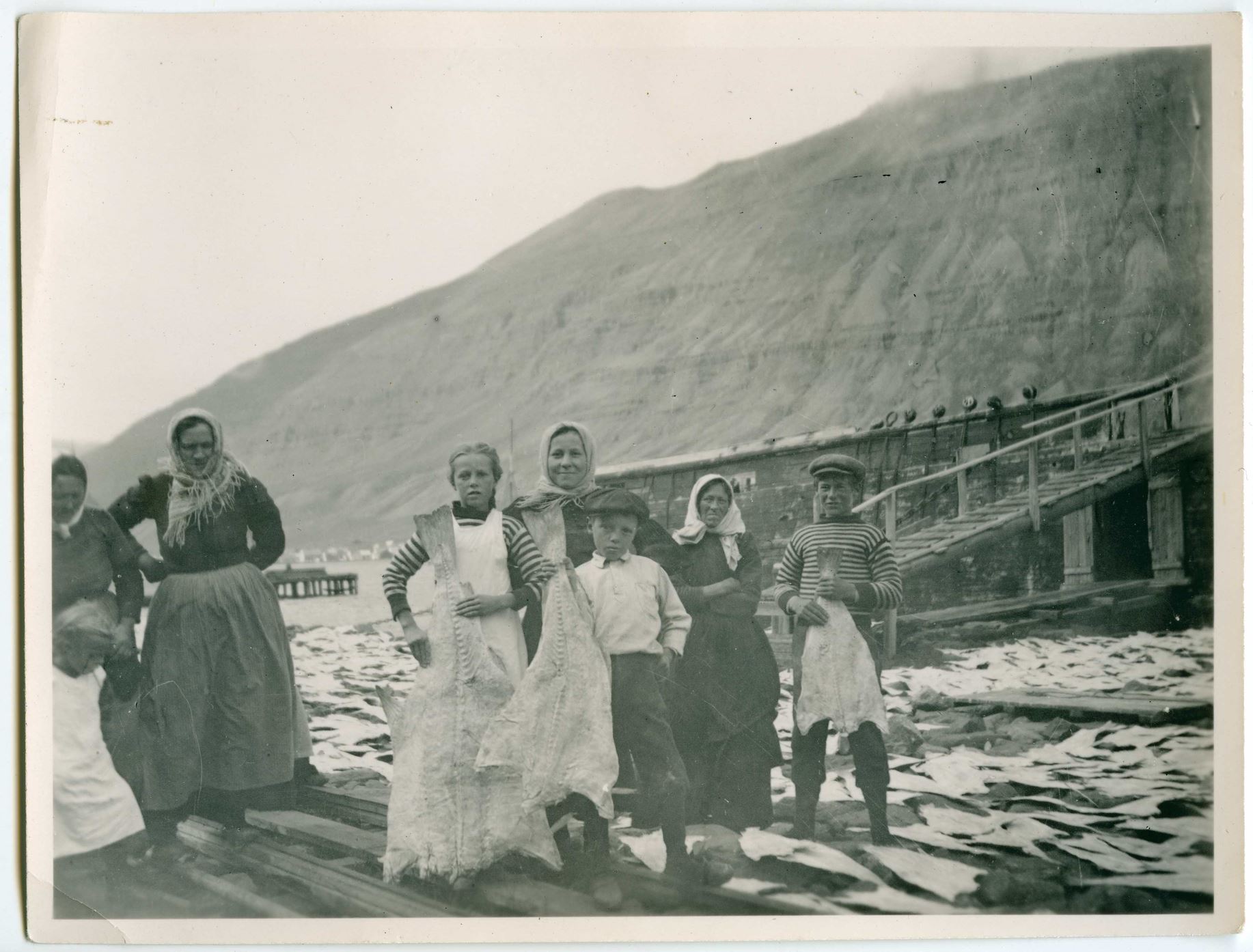The story of Seyðisfjörður
Seyðisfjörður – the cradle of technology
The Technical Heritage Museum is located on Seyðisfjörður, in a town of almost 700 people surrounded by high and steep mountains. In just a few decades around the turn of the century 1900, Seyðisfjörður changed from a small and rather stagnant farming community to a multi-ethnic town with a diverse and technological economy that led to great social changes.
The settler Bjólfur is said to have taken land there and built his town in Fjörður. In the following century, Seyðisfjörður had several rural towns here and there around the fjord, with a maximum population of almost 200 people. Urban areas did not begin to form until the last decades of the 19th century. century at the bottom of the fjord and in just 30 years, from 1880 to 1910, the population grew to around one thousand This rapid urbanization was largely due to herring fishing and the activities of Norwegians, including the entrepreneur Otto Wathne. In the blink of an eye, a small international town with many characteristics of a civil society was created. The variety of jobs increased, the number of houses, large and small, increased rapidly, and photo studios, print shops, shoe workshops, machine shops, shops and eateries were operating. Then officials had a residence there and a hospital was built in 1900.
The main technological innovations and subjects of the museum have been, on the one hand, the introduction of the typewriter, mechanization and mechanical engineering, printing, newspaper publishing and photography, and on the other hand, the social changes that occurred as a result.

Iceland is connected to the rest of the world
In 1906, Iceland was connected to the rest of the world with a telegraph cable from Scotland via the Faroe Islands and the Shetland Islands. The cable was taken ashore on Seyðisfjörður and the country’s first written telephone station was built there, in an elegant house that Otto Wathne had built for himself and his family in 1894. In 1913, the country’s first alternating current power plant was put into operation, which provided the town with electricity and lighting.
The main industries of the twentieth century were fishing and industry, as well as services and trade. The last hundred years have been characterized by considerable fluctuations in the town’s business life and economy, the Great Depression of the 1930s had a great impact, and during the occupation years there were at most 2000 soldiers in 260 cabins, with all the chaos and activity that followed. The 1960s, known as the year of the herring, were characterized by a great boom, but in 1969 the herring disappeared, causing a great loss of life. The last decades of the 20 of the century were difficult with changes in
The last years
In the last few years, tourism has grown rapidly, as well as a flourishing cultural life that characterizes the Norwegian society and business life. A number of cruise ships visit the fjord every year, the Norwegian passenger ferry sails there weekly all year round, and the rainbow street is one of the most photographed places in East Iceland. The number of companies in tourism has increased, although older industries such as the fishing industry and healthcare still play a key role.
In 2020, the town merged with three other municipalities in Austurland, Djúpavogur, Borgarfjörður eystra and Fljótsdalshérað. The new, vast municipality was named Múlaþing. It is planned to dig a tunnel under Fjarðarheidin and thereby improve the very difficult transport to and from Seyðisfjörður which, when it is ready in a few years, will have a variety of changes that will be interesting to watch.

Information
Hafnargata 44, 710 Seyðisfjörður, Iceland
Voluntary donations/Donations
Id. 440203-2560, Account:0133-15-000450
Foreign donations: IBAN: IS950133 1500 0450 4402 0325 60
SWIFT (BIC): NBIIISRE


